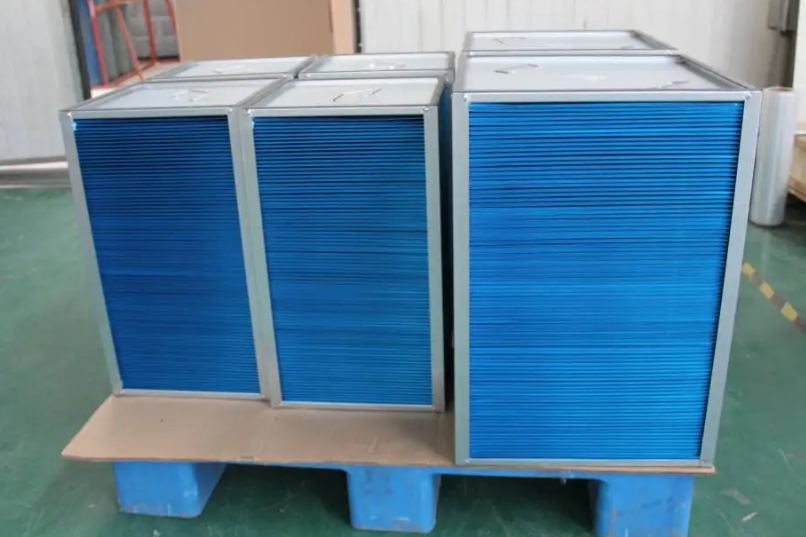
Introduction: The heat exchange core is a cross flow heat exchange core, in which two streams of air with different temperatures flow in a positive cross flow, and heat exchange occurs between the two fluids, with their channels completely separated.
Cross flow plate heat exchangers can be applied to air handling units as the main component of heat recovery. Cross flow plate heat exchangers can also be applied to ventilation systems, installed in air ducts as the main component of the heat recovery section, and their installation positions can be flexibly switched.

Application scenarios: Waste heat recovery solutions for coating machines, laminating machines, etc., heat recovery solutions for drying vegetables, nuts, shrimp skin, and dried fish, waste heat recovery for paint baking rooms, energy-saving technologies for waste heat recovery of exhaust gases such as boiler and factory electricity.
The module structure can provide any size and stacking height combination to meet various airflow and scene applications.
Material: According to the on-site working conditions, various materials are available for selection, such as hydrophilic aluminum foil, epoxy resin aluminum foil, stainless steel, etc.
